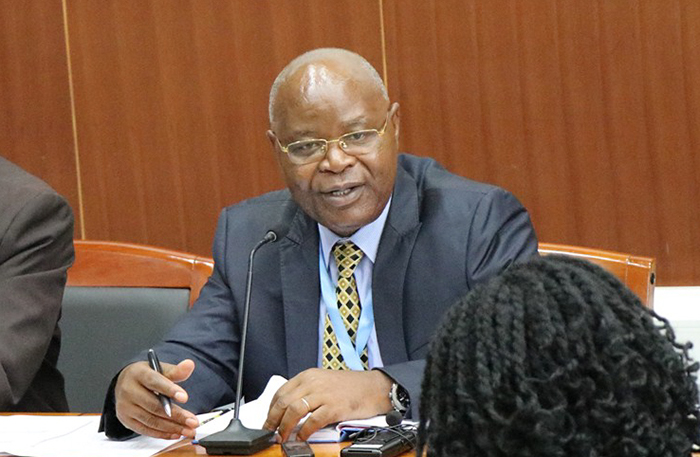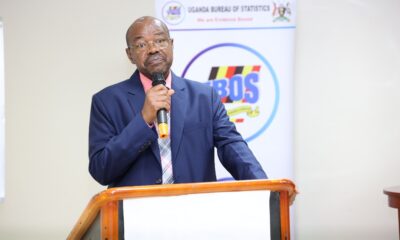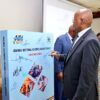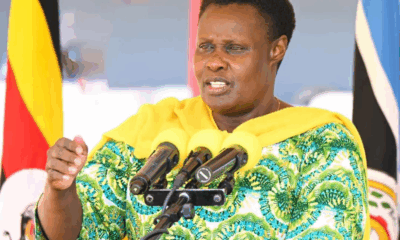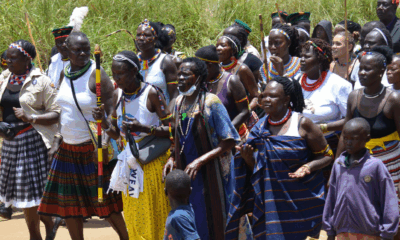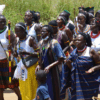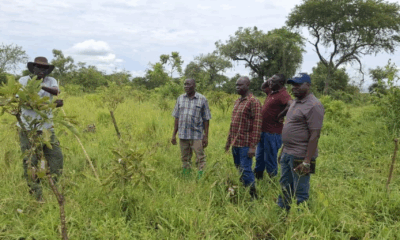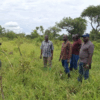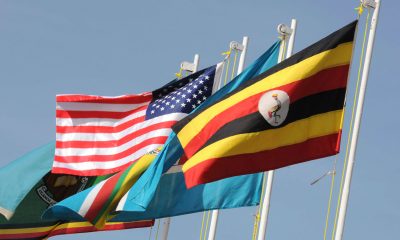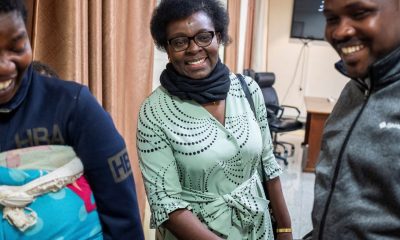News
Kigezi Sub-region’s Population Booms Amid Alarming Socio-Economic Struggles, Census Reveals
The Kigezi sub-region is experiencing a dramatic demographic shift, with new census data revealing a 30% population increase over the past decade. But while the region grows in numbers, it also faces deepening social and economic challenges that threaten its long-term development.
According to the 2024 Uganda Bureau of Statistics census, Kigezi’s population now stands at 1,787,231, up from 1,376,774 in 2014. Kisoro district leads the sub-region with the highest population at 433,662 residents, followed by Kabale, Kanungu, Rukungiri, Rubanda, and Rukiga districts.
Despite the population boom, a large segment of Kigezi’s residents remain stuck in economic survival mode. The census reveals that 33% of households in the region are still locked in subsistence farming, growing food solely for home consumption. This lack of commercial productivity has been directly linked to widespread food insecurity, which currently affects 39% of households.
The average household size in the region is 4.2, but larger families do not necessarily translate into higher productivity or improved living standards — particularly in areas where land is scarce and fragmented.
Basic Services Lag Behind
Infrastructural development paints a mixed picture. While 72.3% of households now have access to improved water sources, a worrying only 30.8% have access to improved sanitation facilities. This disparity poses serious public health risks, especially in more densely populated areas.
As the population continues to grow, the strain on already limited public utilities from clean water access to waste management is expected to increase, further widening the development gap.
Youth in Crisis: Education, Employment, and Opportunity
The census data brings alarming insights into the state of the youth in Kigezi. Among individuals aged 15 to 24, a staggering 31.4% are categorized as NEET — Not in Employment, Education, or Training. This figure reflects a significant segment of young people who are disengaged from productive pathways, placing the future of the region’s workforce in jeopardy.
General unemployment in the working-age population (15 years and above) stands at **8.1%**, indicating a broader need for job creation, vocational training, and educational reform.
Technology Divide: A Barrier to Development
Digital access remains another major challenge for the region. Only 5.6% of residents in Kigezi use the internet, while mobile phone ownership is at a modest 45%. The digital divide severely limits access to modern education tools, economic opportunities, and government services — crucial elements for any region hoping to thrive in the 21st century.
With global development increasingly driven by digital inclusion, Kigezi risks being left behind unless urgent investments are made in digital infrastructure and **ICT literacy programs.
What the Data Means for Policy and Action
The 2024 census data is a clarion call for both local and national government leaders. As Kigezi grows, so must the strategies aimed at tackling poverty, empowering youth, and modernizing infrastructure.
With proper planning, investment, and community engagement, the region could turn its growing population into a dynamic force for innovation and growth. But without urgent action, the numbers may only further expose the cracks in a struggling system.
The future of Kigezi and of Uganda may well depend on how swiftly these challenges are addressed.
Comments



